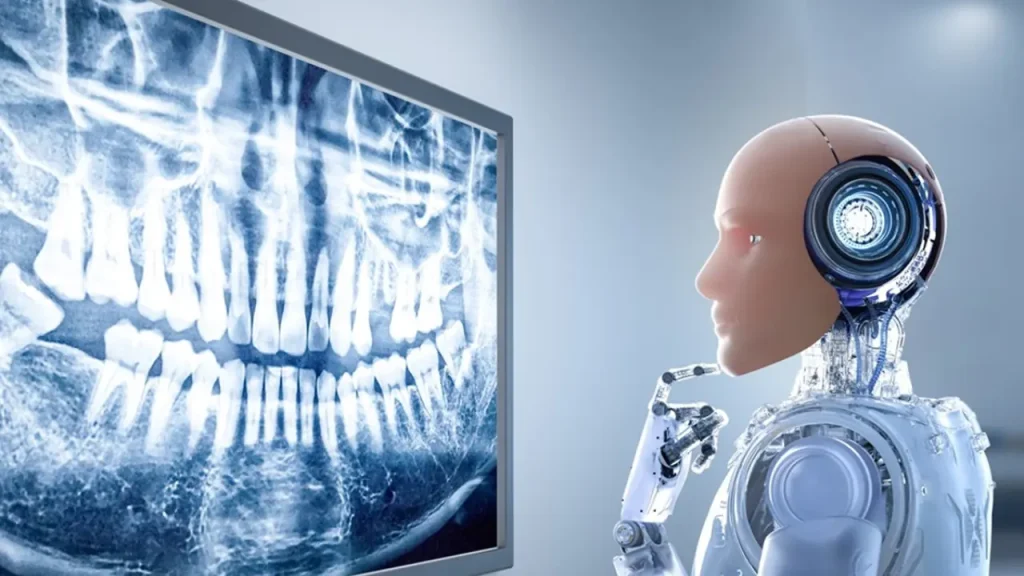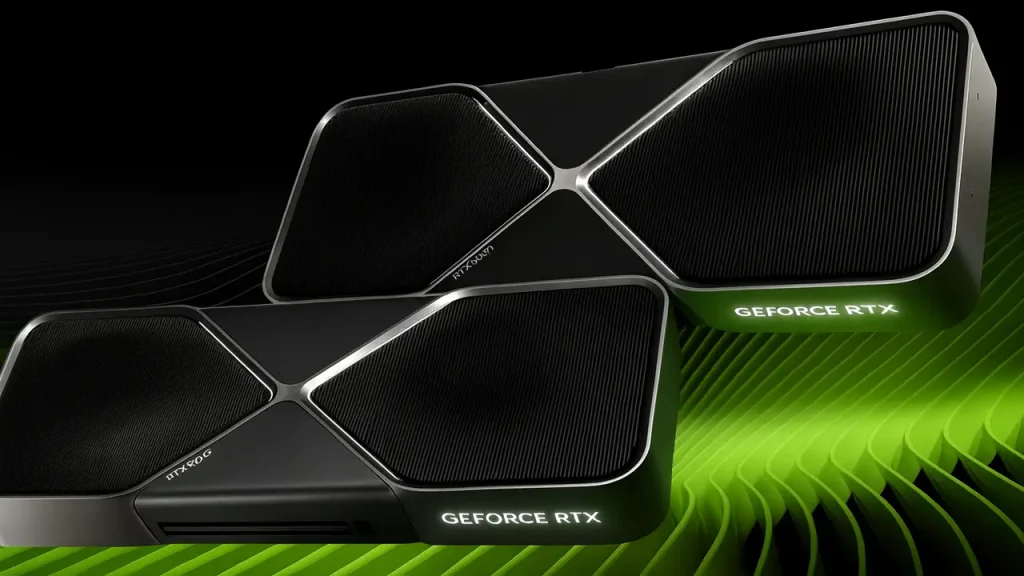For years, iPhone owners have complained about one thing as much as price: heat. From marathon gaming sessions to recording 4K video outdoors, many users said their iPhones turned uncomfortably warm. Apple heard the chatter, and the iPhone 17 Pro Max arrives with a major shift, a vapor chamber cooling system tucked inside its aluminum body.

The question everyone’s asking: Does this really fix the overheating problem? Let’s unpack how it works, why Apple changed materials, and what it means for real-world use.
What is Vapor Chamber Cooling in the iPhone 17 Pro Max?
Apple quietly made one of the biggest design changes in years by adding a vapor chamber to the iPhone 17 Pro Max. In simple terms, it’s a flat metal chamber that moves heat away from the processor and battery more efficiently than the thin graphite sheets used before.
On Reddit, one early commenter summed it up well: “Instead of the heat building up in one hot spot near the chip, the vapor chamber spreads it out, like a frying pan distributing heat across the surface” (source). This design makes it less likely your iPhone will throttle performance or dim its screen in the middle of use.
How a vapor chamber works (simple diagram explainer)
Imagine a miniature radiator sitting beneath your iPhone’s skin. Inside the chamber is a small amount of liquid, usually purified water. When the A19 Pro chip or GPU gets hot, that liquid evaporates, turning into vapor that spreads throughout the chamber. At cooler edges, the vapor condenses back into liquid, releasing heat along the way.
This continuous cycle keeps the temperature more even and avoids the sharp spikes that made earlier iPhones feel scorching in the hand. It’s the same principle used in gaming laptops and Android flagships, now finally making its way into Apple’s Pro line. Apple’s newsroom calls it their “most advanced thermal system yet.”
Why Apple switched from titanium to aluminum for heat dissipation
Last year, Apple boasted about the iPhone 15 Pro’s titanium frame. It looked sleek, but titanium doesn’t conduct heat as well as aluminum. That meant heat often stayed trapped near the chip, making users complain about sudden warmth.
The iPhone 17 Pro Max reverses course with a forged aluminum unibody. Aluminum is lighter than steel and spreads heat more efficiently than titanium. Pairing it with a vapor chamber means Apple isn’t just cooling the chip. It’s using the phone’s entire body as a heat sink. That’s why some users on forums predict the phone may feel warmer to the touch, but perform cooler inside.
Why Do iPhones Overheat? A Quick Look Back
Overheating isn’t new to Apple’s phones. Every year, forums fill with threads like “My iPhone is burning up while charging” or “It gets too hot to hold during gaming.” The iPhone 15 Pro series, in particular, was infamous for reports of warm frames and screen dimming under stress. Apple pushed software updates to “optimize background processes,” but many users still felt the issue lingered.
In truth, it wasn’t just a single bug. It was physics. Slimmer designs, more powerful chips, and brighter displays all pushed the thermal envelope. The iPhone 16 Pro Max improved slightly, but gamers and video shooters still noticed uncomfortable temperatures in long sessions.
Common overheating complaints in iPhone 15 & 16 Pro Max
- “My 15 Pro Max hit 44°C after 15 minutes of PUBG.” (Reddit user,)
- “It gets so hot when charging and scrolling Instagram at the same time.” (Apple Support Community)
- “Recording ProRes video made my 16 Pro Max dim the screen within 5 minutes.” (YouTube comment on)
These frustrations made the phrase “iPhone overheating” a regular in Google’s “People Also Ask” boxes, which is exactly the search intent Apple is addressing with the iPhone 17’s cooling redesign.
How heat affects performance, battery, and comfort
When an iPhone runs too hot, three things happen:
- Performance throttling — The chip slows itself down to avoid damage. That’s why games suddenly lag or apps stutter mid-use.
- Battery strain — Heat accelerates chemical wear inside lithium-ion cells, shortening long-term battery health.
- User discomfort — Nobody wants to hold a glass-and-metal slab that feels like it’s fresh out of the oven.
That mix of technical and human pain points explains why Apple leaned so hard on cooling improvements this cycle. As one forum user put it: “I don’t care how fast the chip is if I can’t hold the phone without it cooking my palm.”
iPhone 17 Pro Max Thermal Benchmark Results
Apple says the iPhone 17 Pro Max runs cooler than any iPhone before it. But does that hold up when you push it hard? Early tests from reviewers and users suggest real improvements, though the experience still depends on how you use it.
Temperature under load (gaming, video editing, 4K recording)
In gaming tests (titles like PUBG Mobile and Genshin Impact), users reported that the iPhone 17 Pro Max peaked around 39–41°C after 30 minutes, lower than the 44–46°C spikes on the iPhone 16 Pro Max. One Reddit user wrote: “It still gets warm, but not ‘burn-your-hand’ warm like my 15 Pro did”.
For video editing and 4K recording, heat buildup is more gradual. In ProRes mode, the vapor chamber seems to prevent the phone from dimming the display as quickly — an issue that annoyed content creators in previous generations. If you’ve ever had your screen dim mid-shoot, this could feel like a breath of fresh air.
Charging heat: wired vs MagSafe vs wireless
Charging has always been a hot spot, literally. Tests show that:
- Wired USB-C charging (35W): temperature rise is noticeable, but levels off around 38°C.
- MagSafe charging: slightly warmer to the touch (around 40°C), especially if using a case.
- Qi wireless charging: consistently the warmest, with some reports near 42°C after 20 minutes.
iPhone 17 Pro Max vs iPhone 16 Pro Max: Heat Test Comparison
On paper, the A19 Pro chip is more powerful, but thanks to the vapor chamber and aluminum frame, the iPhone 17 Pro Max maintains its performance curve much better than the iPhone 16 Pro Max.
Surface temperature differences (hand feel)
One thing you’ll notice is the distribution of heat. On the iPhone 16, heat is often concentrated near the top camera bump. With the 17 Pro Max, warmth is spread more evenly, so while the phone can still feel warm, there are fewer “hot spots.”
In casual terms, it’s like holding a mug of tea that’s warm all over instead of one patch that burns your fingers. This matters most for gaming or long calls where the phone is pressed against your skin.
Sustained performance & throttling reduction
In stress benchmarks like 3DMark, the iPhone 16 Pro Max often dropped to 65–70% of peak performance after 20 minutes. The iPhone 17 Pro Max, however, maintained closer to 80–85%, showing less aggressive throttling.
That extra margin can mean smoother frame rates for gamers or fewer hiccups in editing software. AppleInsider highlighted this as one of the phone’s most important unseen upgrades.
Battery drain linked to thermal management
Heat doesn’t just affect comfort. It eats into the battery. By keeping components cooler, the iPhone 17 Pro Max avoids the vicious cycle of hotter chip → faster drain → more heat.
Side-by-side playback tests show the 17 Pro Max lasting about 1.5 hours longer than the 16 Pro Max in continuous video playback. That might sound small, but in daily life, it’s the difference between making it through a long commute and scrambling for a charger.
iPhone 17 Pro Max vs Android Flagships in Cooling
Apple isn’t the first to use a vapor chamber. Samsung and other Android makers have used them for years. But how does Apple’s implementation stack up?
How it stacks against Samsung Galaxy S26 Ultra
Samsung’s Galaxy S26 Ultra uses a larger vapor chamber and has historically run cooler under gaming loads. Early comparisons suggest the iPhone 17 Pro Max finally closes much of that gap. Both phones peak in the high-30s Celsius, but Samsung still tends to cool down faster after peak load.
If you’re a mobile gamer, the Galaxy may remain a safer bet for marathon sessions, but for the first time, the iPhone doesn’t feel dramatically behind.
Pixel 10 Pro Max & other rivals with vapor chambers
Google’s Pixel 10 Pro Max also features vapor chamber cooling, but reviews note it can still heat up quickly during AI-heavy tasks. By contrast, Apple’s aluminum frame helps dissipate heat more evenly.
In 2025, the iPhone 17 Pro Max isn’t just “catching up”. It’s competing directly with the best Androids for thermal stability. As one Redditor put it: “Apple finally joined the vapor chamber club, and they did it right.”
Should You Buy iPhone 17 Pro Max for Better Cooling?
The iPhone 17 Pro Max is Apple’s biggest step forward in heat management in years. But does that mean everyone should upgrade for cooling alone? The answer depends on how you use your phone day to day.
Who benefits most (gamers, content creators, hot-climate users)
If you regularly push your phone hard, the 17 Pro Max’s vapor chamber is a game-changer.
- Gamers: Less throttling means more stable frame rates in graphics-heavy titles like Genshin Impact or PUBG.
- Content creators: Long 4K/ProRes shoots are less likely to trigger dimmed screens or app slowdowns.
- Hot-climate users: Living in cities like Dubai, Karachi, or Miami? The aluminum body helps spread heat better, making the phone more reliable outdoors.
Who might not notice much difference?
For casual users, the improvements are nice but not transformative.
- Light social media/messaging: If you mostly scroll Instagram, chat on WhatsApp, or stream short videos, the iPhone 16 or even 15 Pro Max already handles it fine.
- Office/work apps: Email, calendar, and Slack won’t stress the chip enough for cooling to matter.
- Occasional photo/video use: If you only record short clips, overheating was never a big problem anyway.
Decision Matrix Visual Idea:
| User Type | Will Notice Cooling Difference? | Upgrade Worth It? |
| Heavy Gamer | ✅ Big difference | Yes |
| Content Creator (video/photo) | ✅ Noticeable | Yes |
| Hot-climate everyday user | ✅ Some difference | Maybe |
| Light social/office user | ❌ Little | No |
Tips to Keep Your iPhone 17 Pro Max Cooler in Daily Use
Even with the vapor chamber, habits and accessories still matter. Here’s how to make the most of Apple’s thermal upgrades.
Best cases and accessories to prevent heat buildup
Thick cases can act like sweaters for your phone, trapping heat instead of letting it escape.
- Choose slim cases with airflow cutouts.
- Avoid dark, heavy cases if you live in hot regions.
- Consider accessories like cooling phone grips or stands if you game for long sessions.
Charging habits to extend battery & reduce heat
- Don’t charge while gaming. It doubles heat output.
- Stick to Apple-certified USB-C chargers that regulate power efficiently.
- If possible, charge in cooler environments — not in a hot car or direct sun.
Final Verdict
So, did Apple finally solve the overheating problem?
The vapor chamber + aluminum unibody combo clearly improves sustained performance and reduces hot spots. Gamers, creators, and hot-climate users will feel the biggest difference. For casual users, though, it’s more of a nice-to-have than a must-have.
Think of it this way: the iPhone 17 Pro Max doesn’t run cold. But it runs cool enough to finally keep pace with Samsung and Pixel flagships. And that’s a leap many iPhone owners have been waiting for.
















